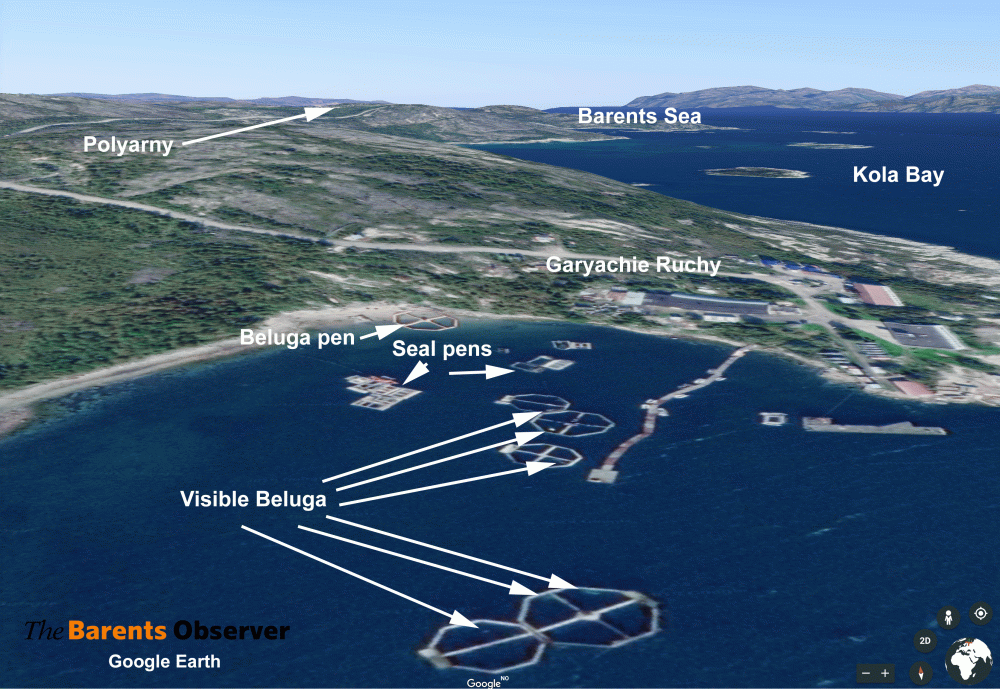Last IK fanboi post (this week).
So Uber has filed their first financials as a public company:
"Uber stock rises as net losses match expectations" (UBER)
- Uber reported a net loss of $1.01 billion for the quarter, in line with analysts’ expectations....
And I thought "They grow up so fast. Or they don't grow up at all. 10 years old and still losing a freaking billion dollars a quarter!?!?
Going back to 2014 we, and more importantly for the serious-minded investor, the Financial Times' Izabella Kaminska have posted hundreds of bits, bytes, factoids and analyses on Uber. At times it seemed as though we were doing a
Vaudeville bit, bouncing off of each other, with me getting to play the role of the clown (I fell those giant shoes quite well) while she played it straight (for the most part). While I could post:
Travis Kalanick: The Musical
I'm sorry, I lied. That headline is "fāke™ " or, in the words of Sheldon Cooper "A big fat whopper".
However, 'Brilliant Jerks' is a play!
She was more reserved:
A Serious Look At Some Potentially Large Risk Factors In Uber's Finances (with a small bit of jocularity)
And out of all those hundreds and hundreds of posts one that really sticks out is a conversation about Uber's loss-making ability after getting run out of China by Didi.
Her interlocutor was a Bloomberg correspondent who has since redeemed himself by a) removing the tweets in question and b) taking a much more skeptical view of the Ubester.
We'll use a 2018 post as the introduction and work backward:
"Uber Spent $10.7 Billion in Nine Years. Does It Have Enough to Show for It?"
Ha!
Back in December 2016 one of the authors of this piece, Eric Newcomer,
came dangerously close to mansplaining Uber, Uber's losses and Uber in
China to the FT's Izabella Kaminska.*
His central fallacy (besides arguing in public) was that Uber, having
ditched the money-sucking black hole that was their China operation was
now heading for the broad sunlit uplands of taxi service (thanks
Winston). He was wrong.
Ahem.
Here's the latest from Bloomberg:....
*Besides
the fact Izabella was one of the first journos, along with Pando
founder Sarah Lacey who had the advantage of being the target of an Uber
smear campaign funded to the tune of a mil. to tip her off that
something was not right over on Market St., San Francisco, CA, USA;
besides the fact Ms Kaminska was on the story back in 2014 she has
additionally posted more on the Ubester than most folks alive.
Here is part of the to-ing and fro-ing:
There's more, here's one of the threads.
A couple months later we recapped the story in:
Notes to Self If Arguing With The FT's Izabella Kaminska: Uber and the Multi-Billion Dollar Losses Edition
The denouement in that piece was epic.
To his credit Mr. Newcomer has taken a more gimlet-eyed view of Uber
over the last year, so we continue to read and from time-to-time, link.
The first note would be "Attempt to be correct in your assertions"
The second note: "Don't be an insecure little jerk".
The third note: Remember the ironic warning that may go as far back as Lactantius (but definitely
La Ménagerie, 1868):
Cet animal est tres méchant;
Quand on l'attaque il se défend.
And what, wary yet intrigued reader may be asking, what the hell am I talking about?
First some background.
Back on December 1, 2016 Ms K. wrote a post, "
The taxi unicorn’s new clothes" that began:
Finally! Word is getting out. It’s not just Uber’s “innovation” claims which are questionable, it’s potentially the entire business model.
Kudos to Naked Capitalism’s Yves Smith for giving transportation industry expert Hubert Horan a platform to highlight the following analysis of the scant figures Uber has shared (reluctantly)
with the public thus far – none of which had a requirement to be
audited in accordance with GAAP or SEC reporting standards....
This apparently angered Bloomberg's Eric Newcomer who started
a long back-and-forth on Twitter.
I don't reproduce it here because a) It is 14 tweets and b) for some
reason his (linked above) thread omits the key tweet. Here it is via
Izabella's thread:
That's just being a dink.
A few weeks later (Dec. 21) Kaminska authored
a post we linked to in "
A Serious Look At Some Potentially Large Risk Factors In Uber's Finances (with a small bit of jocularity)":
...A few weeks ago public transport expert Hubert Hogan, wrote an impressive four-part series on Naked Capitalism
questioning the Uber model both on profitability grounds and public
transport logic grounds. The conclusions were stark. Uber’s primary
objective seems to be achieving monopoly at any cost (mostly by way of
undercutting) and holding on to that position irrespective of whether it
is actually making transport more efficient or not.
In the wake of those posts, Bloomberg’s
Eric Newcomer (who had broken the original bottom line figures which
Hogan had based his story on) entered into a heated exchange on Twitter
with me regarding whether or not Hubert had correctly assumed Uber had
failed to consolidate the full extent of its Chinese losses into those
figures. Newcomer argued it had and that Hubert was thus exaggerating the
scale of the investor subsidy propping up Uber’s global operations.
Hubert on the other hand insisted — based on his experience working with
Chinese transport JVs or partnerships — that it was unlikely Uber could
have owned a majority stake in its Chinese business, and thus would not
have been obliged to consolidate all the numbers into its bottom line.
Without actually being able to see the accounts directly, or get a
better understanding of the corporate ownership structure, it was
difficult to verify either way.
Since then, however, Eric Newcomer has reported a fresh set of Uber numbers based on reporting by the Information noting:...
Heated exchange huh?
He was a rude little boy and apparently wrong in his whole "I know more
about Uber's numbers than you" schtick in the tweetstream.
Here's the
denouement, Izabella's April 15th post "
Snap AV: About that $2.8bn loss for Uber in 2016….":
Those who have followed Hubert Horan’s excellent series on the non-viability of Uber’s business model at Naked Capitalism may be aware of questions posed over whether his analysis understood the exceptionality of the $1.2bn loss figure he cited for the first half of 2016 on grounds it included costs associated with Uber’s unfortunate foray into China. A one off.
Horan’s analysis — drawing on extensive experience in international transportation — had assumed the China losses were not consolidated because of the way generally accepted accounting principles work.
If
Horan’s presumptions were wrong, however, it could may have exaggerated
the cash burn associated with the core business model.
Late Friday, however, Uber released its full year results for 2016 to selected press. This showed a total $2.8bn loss for the year. Critically, as Bloomberg’s Eric Newcomer notes:
Net revenue was $6.5 billion, while adjusted net losses were $2.8 billion, excluding the China business, which it sold last summer....
Got that? The huge, never-before-seen-in-a-VC-funded-company-losses
continued irrespective of the whole China question and Ms Kaminska uses
Newcomer's own reporting to stick the knife in.
The quote at the top depends on the translation of
méchant for the degree of animosity implied. I'm going with naughty but it can also translate as bad or wicked:
This animal is very naughty
When one attacks it, it defends itself
And in other Uber news, via Clickhole:





 Is
the party over already? It seems that it really just got started. Both
the corn and wheat markets posted reversals lower yesterday after
gapping into higher highs for this advance, which would tend to be
viewed as a classic sign of exhaustion. Even though nothing has changed
in the underlying issues that have sparked this advance, considering
that July corn has advanced $.95 over the last 11 sessions and July
wheat $1.03, taking a little breather would seem quite
understandable. Add to this the fact that we have daily indicators back
into a very overbought position and teetering on the edge of a
precipice and you could make even the most ardent bulls begin the
question their faith just a bit. Do recognize, at this point these are
just warning flags and we would need to witness additional
follow-though for confirmation but even if that happened, I do not
believe it would signal a return to an overall bearish pattern as the
problems we have faced this spring cannot be undone.
Is
the party over already? It seems that it really just got started. Both
the corn and wheat markets posted reversals lower yesterday after
gapping into higher highs for this advance, which would tend to be
viewed as a classic sign of exhaustion. Even though nothing has changed
in the underlying issues that have sparked this advance, considering
that July corn has advanced $.95 over the last 11 sessions and July
wheat $1.03, taking a little breather would seem quite
understandable. Add to this the fact that we have daily indicators back
into a very overbought position and teetering on the edge of a
precipice and you could make even the most ardent bulls begin the
question their faith just a bit. Do recognize, at this point these are
just warning flags and we would need to witness additional
follow-though for confirmation but even if that happened, I do not
believe it would signal a return to an overall bearish pattern as the
problems we have faced this spring cannot be undone. 


